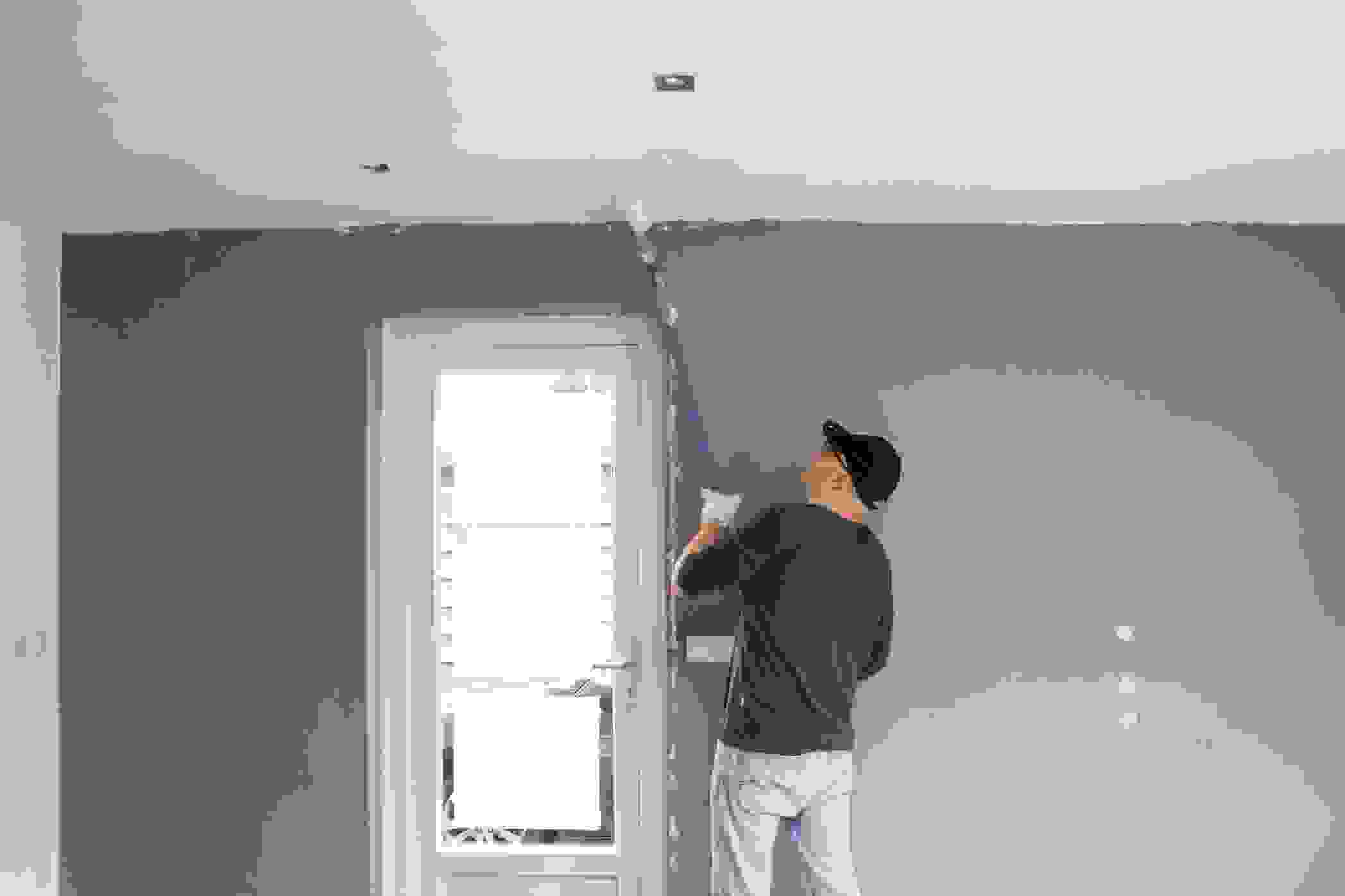You can technically use exterior paint inside, but you really shouldn’t. Exterior paints contain high volumes of volatile organic compounds, or VOCs, which can be dangerous to people and pets.
At first thought, it might make sense to use exterior paint indoors, especially in bathrooms and kitchens where exposure to moisture is more common. But the risks are too severe to make this a good idea.
Here’s a guide to the design and function of interior and exterior paints brought to you by the home and car insurance broker app Jerry
. RECOMMENDEDNo spam or unwanted phone calls · No long forms
Interior vs. exterior paints: What’s the difference?
Simply put, interior paints are designed for indoor problems—they’re usually scratch and scuff resistant and designed to be washable—while exterior paints are designed to withstand the rigors of weather and temperature extremes.
Exterior paints need to hold up through blizzards, torrential rain, high winds, and everything from freezing to scorching temperatures. And they need to last through those conditions for a decade or longer, too.
To pull this off, exterior paints use a variety of volatile organic compounds (VOCs) that evaporate harmlessly into the open outdoor air. These VOCs allow the paint to resist mold and mildew, provide flexibility to expand and contract without cracking, and avoid fading due to exposure to direct sunlight all day long.
What are the risks of using exterior paint indoors?
Outdoors, exterior paint is harmless. But indoors, those VOCs would linger in your home, reducing air quality and posing problems for anyone with allergies or chemical sensitivities. Exterior paints used indoors can be dangerous even with good ventilation.
These additives can pose serious health risks for humans and pets alike, even after the paint is dried. That’s because exterior paint will continue to release unsafe levels of VOCs over time, and in a confined space, that can get risky.
Does homeowner’s insurance cover interior or exterior paint?
In most cases, your homeowner’s insurance isn’t going to pay for repainting a room or the exterior of your home unless it was damaged by one of the perils your policy covers. Insurance won’t cover typical wear, nor will it pay to fix a bad paint job.
If your home is damaged by, say, a storm or a fire, insurance will usually pay to repaint a room or the home’s exterior. It should be noted that floods and earthquakes both require special insurance policies because the damage in both instances can be immensely catastrophic. Contrary to popular belief, you can get flood insurance even if you don’t live in a flood zone.
How to save money on home, car, and renter’s insurance
Homeowner’s insurance may not cover getting your living room painted, but it’s a real life-saver when disaster strikes. A downed tree, a house fire, or an act of crime can be financially devastating.
Let’s be honest: insurance is expensive, too. But chances are, you could be saving hundreds or even thousands of dollars per year on home, auto, and renter’s insurance, all by using a single app on your smartphone: Jerry
. Jerry is America’s top-rated insurance app because it saves users lots of money—$887 per year on average, in fact—and because it completely eliminates the frustration of shopping for insurance. You simply download the app and answer a few questions. Jerry handles the rest.
What do we mean by “the rest?” Well, Jerry will find you the very best quotes from America’s top insurance providers, helps you sign up for your new policy, without you needing to make phone calls or fill out paperwork, and then cancels your old policy for you. And in the rare instance where you need help, human insurance experts are available for whatever you need!
Download Jerry today and give it a try. You’ll be stunned to see just how much this app can save you!
“Jerry
was wonderful! I used it for my auto and renters policies. I trusted it so much that I signed up my homeowners insurance under Jerry as well. All of the agents are amazingly nice and knowledgeable.” —Mary Y.
FAQs
